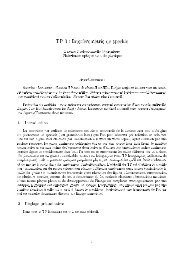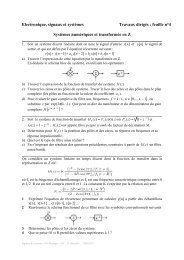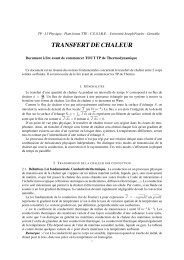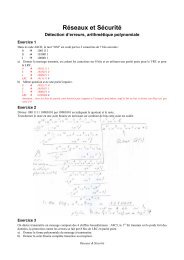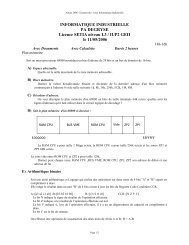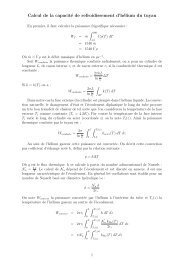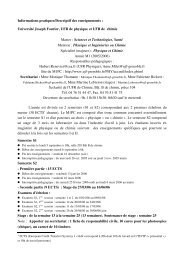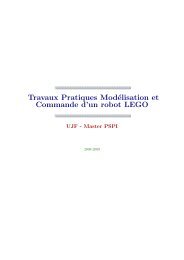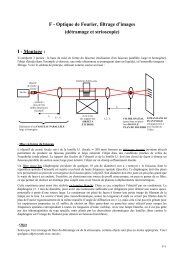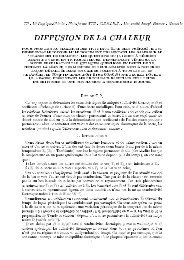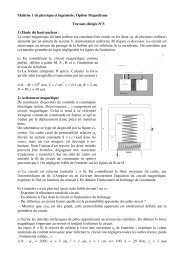Chapter 4 SINGLE PARTICLE MOTIONS 4.1 Introduction
Chapter 4 SINGLE PARTICLE MOTIONS 4.1 Introduction
Chapter 4 SINGLE PARTICLE MOTIONS 4.1 Introduction
You also want an ePaper? Increase the reach of your titles
YUMPU automatically turns print PDFs into web optimized ePapers that Google loves.
4.3 Time Varying Fields 97field E ⊥ as the sum of left and right hand circularly fields:E ⊥ = E L + E R (4.40)E L = 1 (E⊥ − i2)⊥ (4.41)E R = 1 ( )E⊥ +iˆB×E ⊥2(4.42)where ˆB ≡ ˆk. The imaginary term is the orthogonal electric field componentretarded or advanced in phase by 90 ◦ compared with E ⊥ as shown in Fig. 4.6.The linearly polarized field E ⊥ is equivalent to the sum of left and right circularlyFigure 4.6: The decomposition of E ⊥ into left and right handed components.polarized fields.To solve Eq. (4.38) we first note the result that BB ∗ is a scalar operator:BB ∗ v P ⊥≡(iω + q m B× )(−iω + q m B× )v P ⊥= ω 2 v P ⊥ + q2m B×B×v 2 P ⊥= (ω 2 − ωc 2 )v P ⊥. (4.43)




